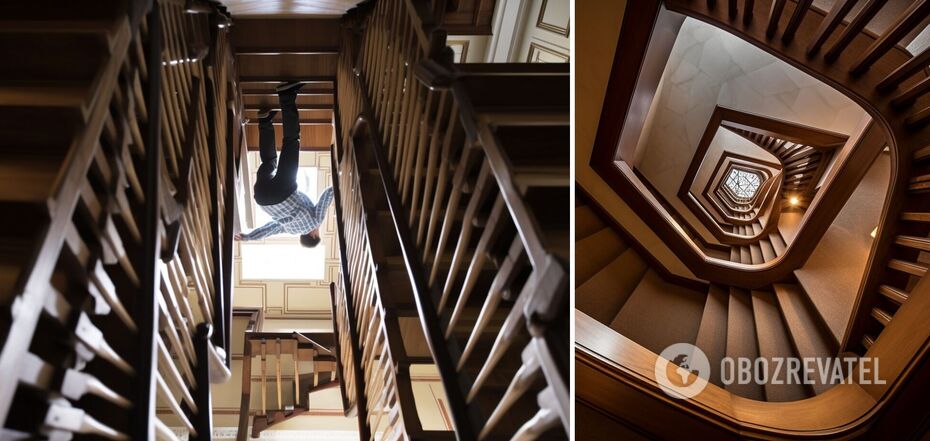News
A man with head injury saw the world backwards: the story of Patient M who changed science
In 1938, one of the most amazing cases in the history of medicine took place in Spain: a man who had suffered a head injury in a battle during the Civil War regained consciousness and saw that the world had changed beyond recognition. The man, called Patient M, literally began to see the world backwards.
The strange case is described in a study published in the journal Neurology. It was the Spaniard's injury that first prompted scientists to realize that the brain is a much more complex structure than they thought.
The first thing doctors noticed when the patient regained consciousness was that his sense of spatial orientation had changed. When someone stood to his right, it seemed to him that the person was standing to his left. But it was not only his vision that was wrong. When the person to his right started talking, he thought he heard a voice to his left. The same applied to physical sensations, such as touch.
The doctors who were treating the patient, of course, became very interested in his case and conducted various tests. It turned out that he could freely read letters and numbers that were written both normally and backwards. At the same time, the man saw absolutely no difference between them.
Things got even more interesting when the man told the doctors that he was concerned that the men on the scaffolding were working upside down.
Strange things were happening to patient M.'s vision as well. He saw colors coming off objects, sometimes some of the colors disappeared altogether, and the man suffered from color blindness (the inability to distinguish one or more colors). He also sometimes observed objects that appeared in triplets.
At the same time, despite the unprecedented confusion in his senses, the man felt calm.
The Spanish neuroscientist Justo Gonzalo studied this case for almost 50 years. In the 1940s, he came to the conclusion that scientists mistakenly believed that the brain consisted of separate modules.
Observing the effects of Patient M's trauma and other strange brain injuries, Gonzalo suggested that the brain was one, but had different functions distributed in a gradient throughout the organ. His idea ran counter to the conventional wisdom of the time, which viewed the brain as a small box.
Since the modular theory could not explain what was happening to patient M, Gonzalo began to develop his own theory of brain dynamics. He then realized that the most likely consequences of brain damage depend on the size and location of the injury. He also suggested that the injury does not destroy a specific brain function but only affects the balance of various functions. This is exactly what was observed in the case of patient M.
At the same time, the neuroscientist identified three syndromes:
- central - disorders in various sensory organs;
- paracentral - similar to the central one but with unevenly distributed effects;
- marginal - affecting brain pathways to specific senses.
The study, which describes in detail the case of Patient M and Gonzalo's work, was conducted by his daughter, Isabel Gonzalo Fonrodona, together with García Molina.
Subscribe to OBOZREVATEL on Telegram and Viber to keep up with the latest news



























